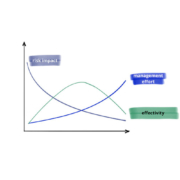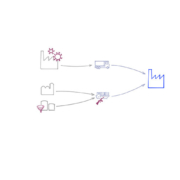Do risk evaluations lead to faulty decisions?

The presentation of the project idea left everybody euphoric. The proposed product will revolutionise the market, return some 150€ to 200€ for each invested Euro and the market share in the target segment will rise above 50%. As this will also increase brand awareness, revenue and market share of the existing products is also expected to increase – and the company will be able to open up entirely new markets.
The next day the project is kicked off and the team starts working. However, the first project report is a frustration. Because the high level of uncertainty, the detailed risk evaluation reveals that the project risk is almost as high as the profit expected from the new product. After lengthy discussions, the project is given up just a few weeks after its kick-off.
What happened?
At first glance this story is an example of how risk analysis should support decision making. A promising idea was presented, a project for its realisation kicked off and risks and opportunities were analysed. With the new information the project was re-evaluated and then discontinued because the risks was seen as too high.
If you take a closer look at the facts, things are not as simple as they might look. The decision to stop the project was based on a comparison of the project risk and the projected product revenue. This comparison neglects other benefits of the new product for the company besides the revenue of the product itself.
The increase in market share, the positive effect on existing products and the opportunity to find new markets was not included in the decision. As all these factors have a positive impact on the company’s bottom line, one may assume that the company would have been better off with the project – even if the project risks are significantly higher than assumed in the beginning.
How to avoid such mistakes?
Silo mentality is still a reality in many companies. This facilitates situations as the one described in the beginning: Information is evaluated within only one part of an organisation. Decisions are based on the needs of a subset of the organisation and thus are rarely the best possible solution for the entire company.
To avoid this pitfall, you need to break the silo mentality. This can be achieved by a scenario approach (see “Four requirements for scenario planning” https://rno-consulting.com/en/vier-anforderungen-an-die-szenario-planung/). In the given setting, a three-scenario set-up is probably the best approach. However, it is important to create the scenarios from the company’s point of view.
Reference Scenario
The reference scenario describes the company’s future assuming the evaluated project will never be kicked off. Thus, it represents the status before putting the idea into practice. In companies which regularly use scenario planning, this scenario should already be available and therefore ready for use.
Nominal Scenario
The nominal scenario represents the development of the company if the project is completed as assumed. Usually, such a description is part of the initial project proposal and can be taken from there. The difference between the reference scenario and the nominal scenario represents the expected benefit of the project.
Risk Scenario
The risk scenario is a combination of the nominal scenario and the latest project risk evaluation. This scenario highlights the expected developments based on the identified and evaluated risks and opportunities.
The benefits of such an approach are obvious. By including the risk information in a scenario, all effects on the company are considered – and not only internal project effects. A comparison of the risk and the reference scenario shows the benefit which can be expected from the project. In addition, the difference between the nominal and the risk scenario highlights how far the project deviates from initial assumptions.
These three elements help to avoid faulty decisions like those in the above example. As a result, this approach is essential to successful risk management and, in the end, to economic success.








